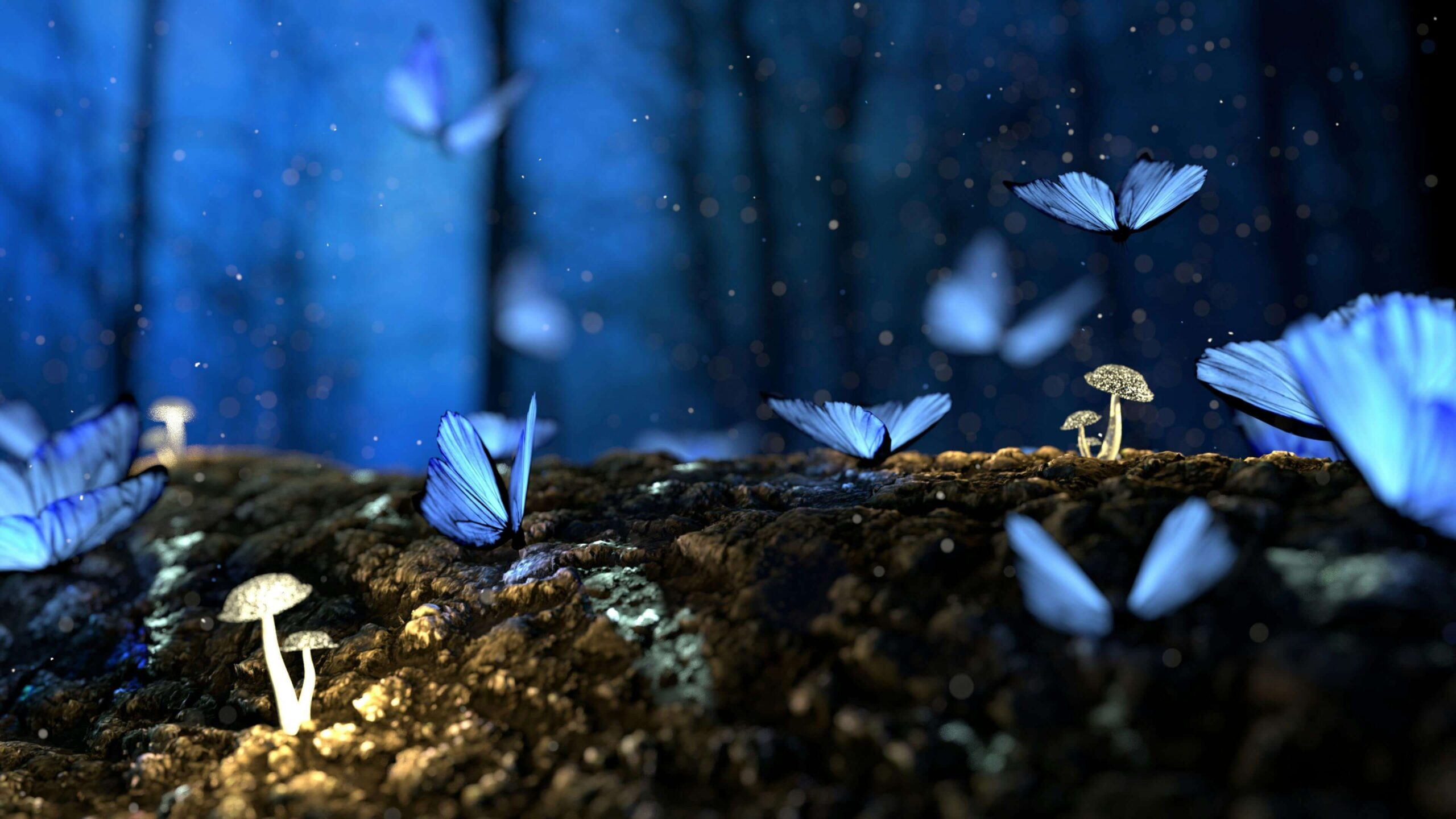Fairy tales have been enchanting audiences for centuries, weaving timeless stories of magic, adventure, and moral lessons. While traditional fairy tales often feature damsels in distress and passive protagonists, modern interpretations have evolved to reflect contemporary values and perspectives. In today’s ever-changing world, these reimagined fairy tales offer valuable lessons and insights for today’s children.
From Damsels to Heroes: Empowering Characters
Traditional fairy tales often portray female characters as passive and dependent on male rescuers. However, modern interpretations have flipped the script, presenting empowered heroines who take control of their own destinies. Stories like “Frozen” and “Moana” feature strong-willed protagonists who embark on epic journeys of self-discovery and empowerment. These modern heroines teach children the importance of courage, resilience, and the power of believing in oneself, regardless of gender.
Diversity and Inclusion: Celebrating Differences
In traditional fairy tales, diversity was often overlooked, and characters were predominantly white and heteronormative. However, contemporary retellings embrace diversity and inclusion, featuring characters from diverse backgrounds and identities. Stories like “Cinderella Is Dead” and “The Prince and the Dressmaker” celebrate LGBTQ+ representation and challenge traditional gender norms. By showcasing a spectrum of identities and experiences, these modern fairy tales promote empathy, acceptance, and the celebration of differences among children.
Breaking Stereotypes: Redefining Beauty and Strength
Traditional fairy tales often perpetuated narrow definitions of beauty and strength, reinforcing harmful stereotypes. However, modern retellings challenge these notions by presenting characters who defy conventional beauty standards and gender roles. Stories like “Shrek” and “Brave” subvert expectations by featuring unconventional protagonists who embrace their flaws and celebrate their uniqueness. By promoting self-acceptance and challenging societal norms, these modern fairy tales empower children to embrace their individuality and value inner strength over outward appearances.
Environmental Awareness: Protecting Our Planet
In today’s world, environmental issues are more pressing than ever, and modern fairy tales have begun addressing these concerns. Stories like “The Lorax” and “FernGully: The Last Rainforest” highlight the importance of environmental conservation and stewardship. By portraying the consequences of greed and exploitation, these tales inspire children to become advocates for the planet and instill values of sustainability and environmental responsibility.
Friendship and Kindness: The Power of Connection
While traditional fairy tales often focus on romantic love, modern interpretations emphasize the importance of friendship and kindness. Stories like “Toy Story” and “Finding Nemo” celebrate the bonds of friendship and the power of empathy and compassion. By showcasing characters who support and uplift one another, these tales teach children the value of kindness, cooperation, and building meaningful relationships.
In conclusion, the evolution of fairy tales reflects the changing values and perspectives of society, offering valuable lessons and insights for today’s children. From empowering characters and embracing diversity to promoting environmental awareness and celebrating friendship, modern fairy tales inspire children to dream big, embrace their uniqueness, and make a positive difference in the world. So, let’s continue to explore the magic of fairy tales and uncover the timeless lessons they hold for generations to come.

